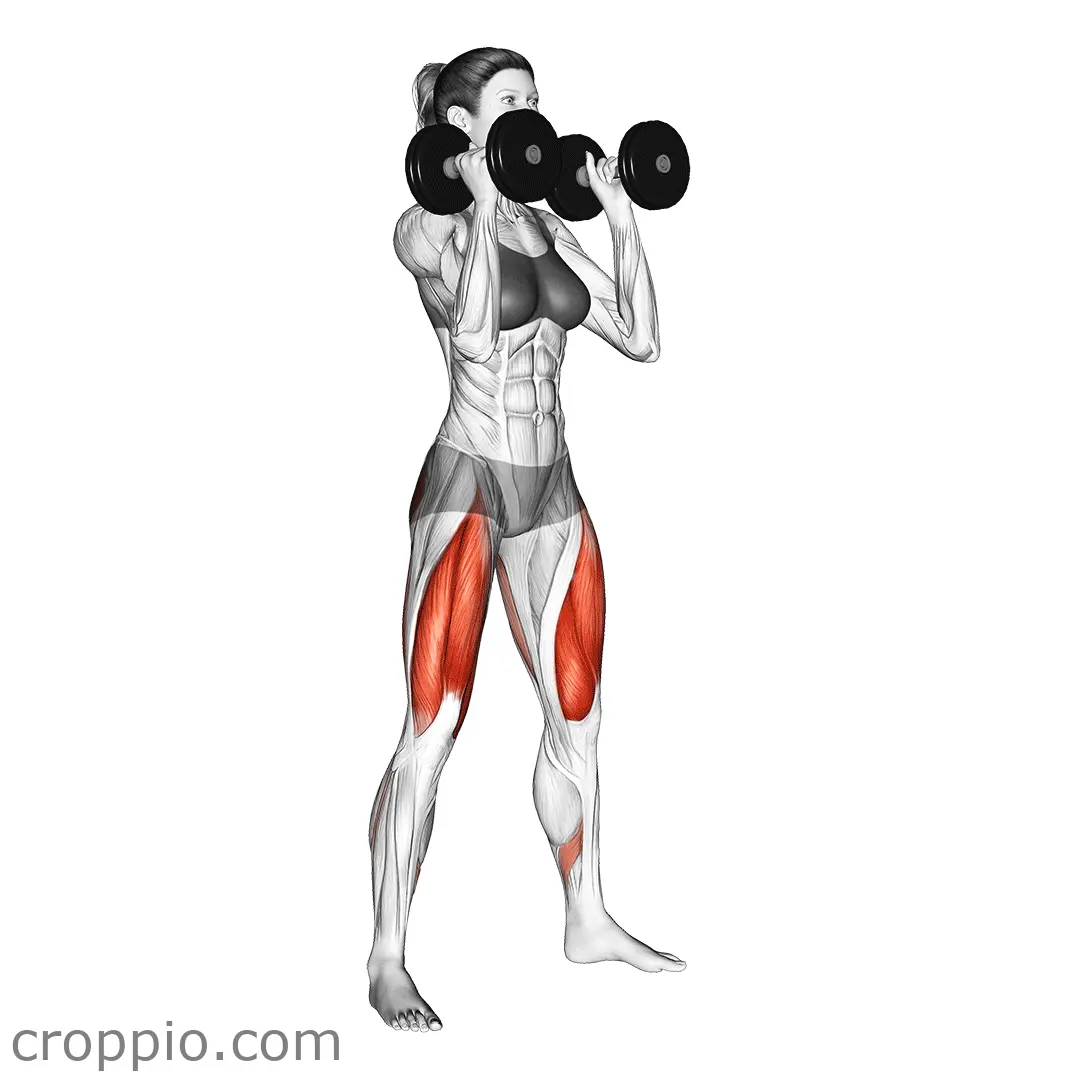Hawaiian Squat

Muscles Involved
The Hawaiian Squat is a dynamic variation of the traditional squat that primarily targets the quadriceps, hamstrings, and gluteus maximus. This exercise also engages the core, providing secondary benefits to the abdominal and lower back muscles. The unique movement pattern, which often incorporates lateral movements, effectively works the adductors and stabilizers of the hips, contributing to improved balance and coordination.
Top Mistakes
- Incorrect Foot Placement: Many people place their feet too close together, which can limit the range of motion and reduce the effectiveness of the squat.
- Leaning Forward: Leaning too far forward can place extra strain on your lower back, rather than engaging the legs properly.
- Insufficient Depth: Not squatting low enough can lead to incomplete muscle activation and prevent you from gaining the full benefits of the movement.
- Narrow Stance: Using a narrow stance can compromise stability and limit the activation of important muscle groups.
Execution Tips
- Feet Placement: Start with your feet shoulder-width apart, or slightly wider, to provide a stable base.
- Engage Your Core: Keep your core tight throughout the movement to protect your lower back and maintain balance.
- Squat Low: Aim to lower your hips below knee level, ensuring that your thighs are parallel to the ground or lower while keeping your heels flat on the floor.
- Keep Your Chest Up: Maintain an upright torso by keeping your chest lifted and shoulders back, allowing for a full range of motion.
Workouts
The Hawaiian Squat can be effectively incorporated into strength or conditioning circuits. Consider integrating this exercise into your routine with the following structure:
- Sets: 3 to 4 sets
- Reps: 10 to 15 repetitions per set
- Complementary Exercises: Pair with lunges, leg presses, or box jumps for a well-rounded leg workout, or combine it with upper body movements like push-ups for a full-body circuit.
Conclusion
The Hawaiian Squat is an excellent addition to any workout routine, offering comprehensive engagement of the lower body muscles while enhancing coordination and stability. By avoiding common mistakes and following execution tips, this exercise can lead to increased strength, improved athletic performance, and better overall fitness. Including the Hawaiian Squat in your training regimen can help you achieve your fitness goals while keeping your workouts both effective and enjoyable.



